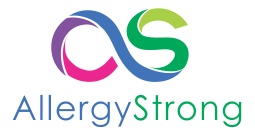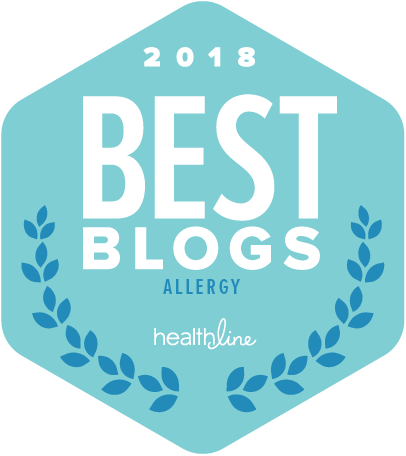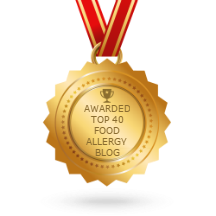We Need YOU! Call to Action for Sesame Labeling December 20, 2018

Photo by Pixabay on Pexels.com
Living with a sesame seed allergy (and any allergy outside of the Top 8) is challenging. To get a sense of it, read Sesame: The 9th Food Allergen? originally published in Allergy & Asthma Today magazine.
With claims that sesame-derived products are healthier and our taste for international cuisine is on the rise, it’s no surprise that the prevalence of sesame allergies is increasing. And, like the peanut, allergic reactions to sesame can be severe. The allergy is misunderstood by others who often incorrectly assume that if you can’t see sesame seeds on top of a food, that they aren’t inside either. Sesame labeling is also a large part of the problem. Sesame can be labeled in a number of challenging ways. In addition to the long list of alternative names, sesame can be listed as “seasoning,” “spices,” or “natural flavoring.” This makes it nearly impossible to know whether a product actually contains this allergen or not without calling manufacturers. Additionally, manufacturers are not required to disclose the presence of sesame often citing proprietary reasons.
The FDA is finally considering a request to add sesame to the Food Allergen Labeling and Consumer Protection Act (FALCPA) requiring manufacturers to label for sesame as they currently do for the Top 8 allergens (peanut, milk, egg, tree nuts, wheat, fish, shellfish, and soy). All of the national food allergy non-profits are weighing in to give supporting documentation and research, but the FDA needs to hear from you!
Please take a minute to report your experience and challenges to the FDA using this form below:
FDA Regulations – Sesame as Allergen in Foods
It only takes a minute or two, so please submit your comments today! The FDA is welcoming comments only through Dec. 30, 2018.
**If you have emails from manufacturers or photos of labels where sesame is hidden under an alternative name or not listed at all, please submit these as attachments as they will be powerful examples of what consumers are facing.**
Keeping our fingers crossed… Thank you for your support!












